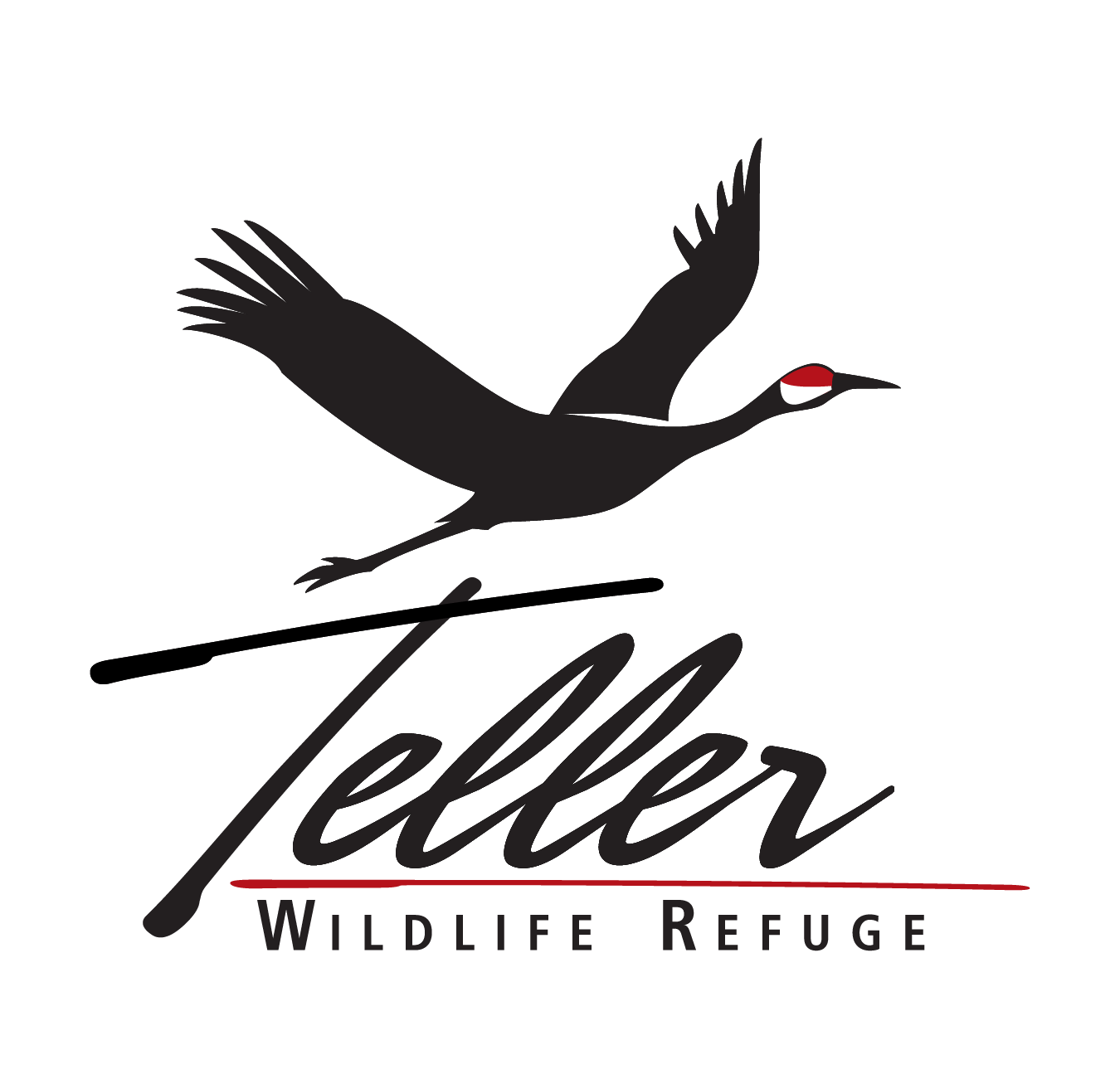
Deer Exclosures
Willow Enclosures – Volunteers continue to maintain willow enclosures along Spring Creek in order to protect them for over browsing by deer. Due to the success of the willow growth the fencing has been removed on most of the mature willow trees in 2018.
Aspen Enclosure– In 2010 Teller installed 5 separate Aspen enclosure to protect Aspens form impacts from white tailed deer. With financial assistance from the NRCS, 15 volunteers and a local fence contractor installed the first aspen enclosure in 2010. Not only has the project benefited the aspens and riparian vegetation, but a host of neo-tropical songbirds that migrate through Montana who depend on healthy riparian systems. Today 5 healthy stands of Aspens thrive on the Teller. Other locations have been identified for future fence protection. .
Upland Enclosures– Five individual ½ acre fence enclosures were installed in 2010 to promote shrub establishment. Lacking within Tellers grassland habitats, shrubs provide important food ( berries) sources as well as critical escape cover for ground dwelling birds. The most successful shrub establishment was Golden Current followed by Woods Rose. While supplemental watering was necessary for the first few summers, today the plans are thriving on their own. In 2018, Teller plans on planting up to 120 additional shrubs in the enclosures as a component of the Pollinator project.
Riparian Electric Fence– Teller completed a 4.5-acre state-of-the-art electric fence enclosure in 2007. The fence allows natural regeneration to occur, while volunteers planted 100 native trees and shrubs in the enclosure to attract migrating songbirds dependent upon healthy riparian systems. Today the fence remains intact with remarkable recovery results
Gird Creek Restoration
Teller finished restoring approximately a mile of fisheries habitat on Gird Creek in spring 2008, resulting in improved trout reproduction, growth and survival. Local school groups and university students utilize the creek for fish counts and other biological research. Today Gird creek continues to flourish with annual benefits from new seedlings and riparian establishment along the restored shorelines.
Goose Nesting Platforms
Stationed throughout the property, 10 goose nesting platforms (many of which are made as a Boy Scout Eagle project), are cleaned and stocked with clean straw every spring. All Teller goose nesting platforms are routinely inhabited every spring.
Thomas Pond
The Thomas Pond project restored an existing gravel pond in the spring of 2007 by deepening one-half of the pond, while establishing a shallow emergent marsh complex in the other half. Steep banks were naturalized through re-contouring and planting of a native grass mix. Two nesting islands were constructed, including the installation of two large logs for perching habitat, and native wetland vegetation was planted. Rainbow trout have been periodically added to the pond for fly fishing educational purposes.
Weed Management Program
A growing problem on a national scale, invasive plant management is an ongoing challenge. Teller adopted an integrated weed management plan in 2005, and is committed to aggressively managing this labor intensive and expensive effort. Today Teller utilizes a host of weed control techniques , including, bio control, herbicide, mechanical and occasional use of livestock.
Wetland Restoration
Approximately 150 acres of wetlands have been enhanced and restored to provide open water for a host of migratory birds. Each fall/winter hundreds of geese and thousands of ducks (sometimes over 5,000!), stopover at Teller wetlands during their migration route. Tellers wetland restoration projects were funded by the North American Wetlands Conservation Act and U.S.D.A Farm Bill programs. Restoration techniques include replacement of water control structures, removal of dense cattail stands and installation of water conveyance systems.
Wildlife-Friendly Agriculture Program
When Otto purchased the Teller properties, much of the land had been under agricultural production and had been intensively grazed and tilled for crops. He sought to continue the agricultural heritage, but implemented sustainable farming practices that would restore the land and water resources and emphasize wildlife-friendly practices. Teller continues its wildlife-friendly agriculture program with contract farmer Bob Gingerich. Corn, millet, milo, wheat, canola, alfalfa and barley have been planted and irrigated on over 125 acres. Only portions of the alfalfa and barley are harvested for sale with the remainder of all the crops left standing for wildlife.
Pollinator Pilot Project
In partnership with NRCS Teller was approved for a 10 acre Honey Bee Pollinator Initiative project in 2018. The project will involve converting 10 acres of Teller agricultural land into a mixture of grasses and flowering plants intended to attract pollinators, including bees, moths, and butterfly’s. This will in turn benefit insect eating birds such as pheasant chicks at a critical period of their lives.
Milkweed Demonstration
Teller has and continues to promote the establishment of Showy Milkweed. Used exclusively by Monarch Butterflies this plant provides the leaves where eggs are deposited and ultimately the food source for growing monarch caterpillars. Teller is partnering with NRCS to test new methods of Milkweed propagation including growing plants form seeds stock as well as relocating Milkweed rhizomes in the spring to new areas where milkweed plant establishment is desired.
Wood Duck Nesting Boxes/Tubes
The nesting boxes and tubes provide protection for the ducks from natural predators. Approximately 12 wood duck boxes and 6 duck nesting tubes were placed on Teller in 2008, with assistance from Teller volunteers and Corvallis Middle School science students. Led by volunteer, Jim Hamilton, a group of volunteers built and installed 6 new wood duck nesting boxes in 2014. The success of the wood duck boxes is monitored annually with maintenance of the nest structures as needed. The boxes have been used by Wood ducks, Hooded Mergansers and Buffleheads as well as Norther Flickers and unfortunately starlings.





